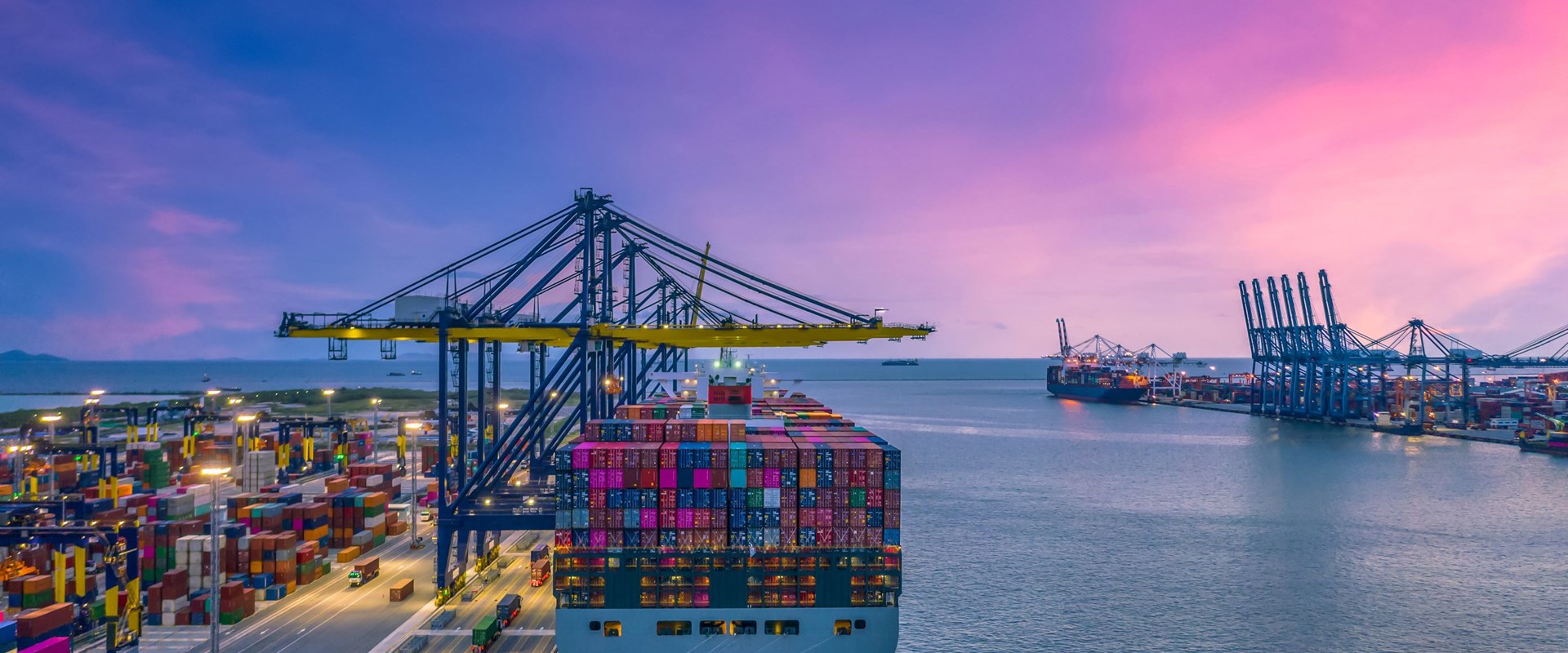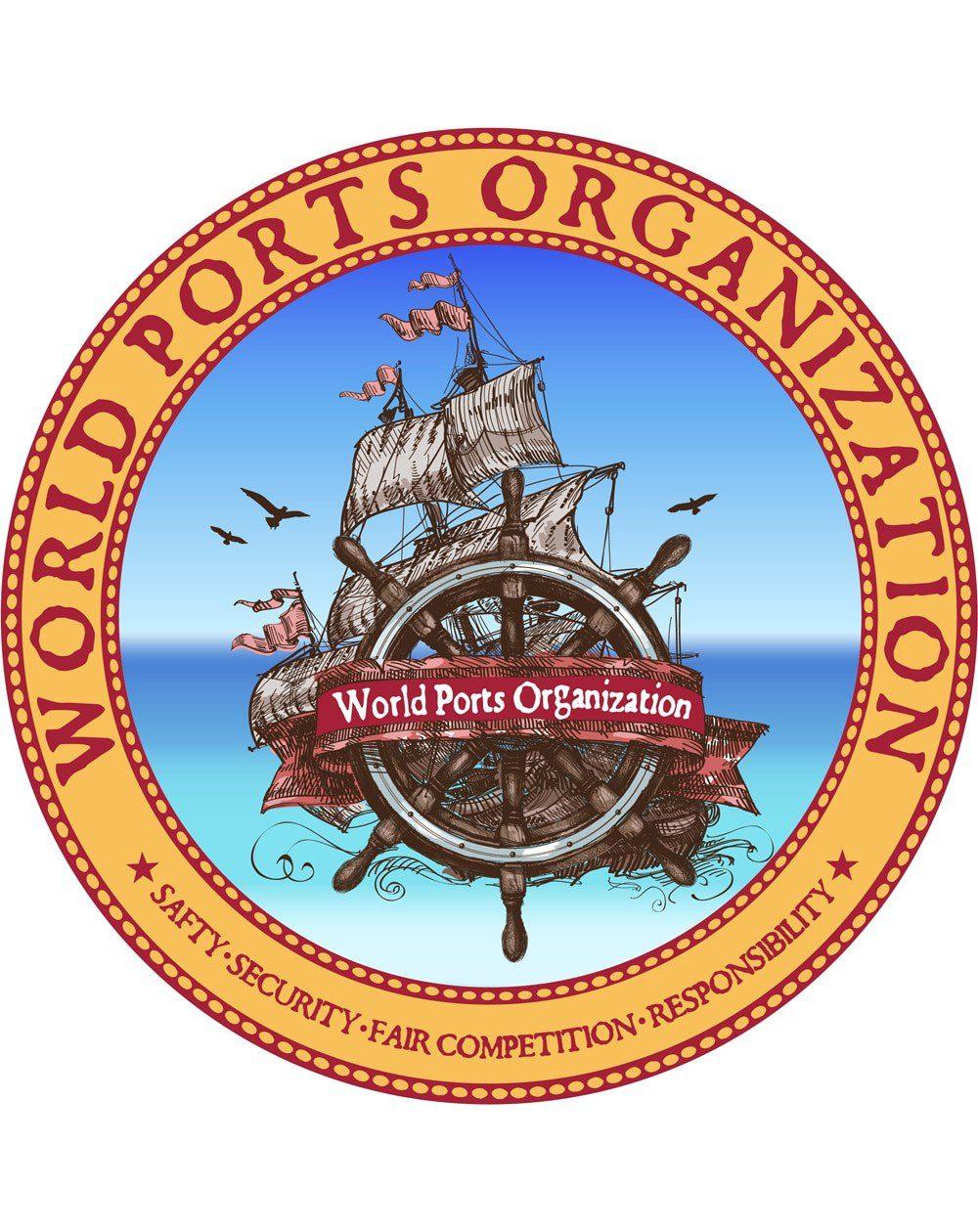Rejections of hazardous materials shipments can occur for a variety of reasons, often related to non-compliance with regulations and standards. Here are some of the most common reasons for rejection, and I have included links below each rejection topic to our website where we can provide assistance with products, services, and training:
1. Improper Packaging: The use of incorrect or inadequate packaging that does not meet regulatory standards is a common cause for Hazardous materials must be packed in a way that ensures they do not leak, spill, or cause harm during transport and in most cases the appropriate use of UN performance packaging is paramount.
PACKAGING
2. Incorrect Labeling and Marking: Failure to properly label and mark hazardous materials can lead to rejections. This includes missing or incorrect hazard labels, improper UN numbers, and other required markings, and as well utilizing non-compliant labels.
LABELS
3. Incomplete or Inaccurate Documentation: Incomplete or inaccurate shipping papers, including the shipper’s declaration for dangerous goods, can cause a shipment to be rejected. All required documentation must be fully completed and accurate. Air transportation declarations under IATA are typically straightforward, as they specify a particular declaration to be filled out. However, for ground transportation, there is no set format, but there is information on what must be included in a shipping document, such as bills of lading. As a result, it is easier to miss details or incorrectly format documents, leading to non-compliance with 49 CFR or TDGR requirements.
FORMS
4. Non-compliance with Regulations: Non-compliance with specific regulations such as the International Air Transport Association (IATA) Dangerous Goods Regulations, the International Maritime Dangerous Goods (IMDG) Code, or the Transportation of Dangerous Goods (TDG) Regulations can lead to shipment rejections.
REGULATIONS
5. Incorrect Quantity Limits: Shipping quantities that exceed the allowed limits for hazardous materials can result in rejection, this is as well an issue when not understanding that the quantity limits for ground transportation versus air transportation thus having the appropriate copies of the regulations is necessary yes 49 CFR does provide directions to ship dangerous goods by air domestically but the IATA provides far more precise information by carrier variations that could vary from 49 CFR for example the Canadian regulations provides no such assistance you must utilize regulations associated to air shipments.
PUBLICATIONS
6. Improper Segregation: Hazardous materials that are not properly segregated according to their hazard class can be rejected. Certain hazardous materials must not be packed together or transported together due to the risk of adverse reactions.
SEGREGATION POSTER
7. Expired or Non-compliant Training: The shipper or personnel handling hazardous materials must have up-to-date training and certification. If the training is expired or non-compliant, the shipment can be rejected even worse major fines from the federal regulators, so it is imperative as well to select a training provider that meets federal training standards ICC has been recognized by federal regulators as they preferred training establishment.
TRAINING
8. Inadequate Emergency Response Information: US shipments and Canadian shipments entering the United States must remember to include proper emergency response information. This could be done by attaching safety data sheets to your shipment, but if you’re not inclined to constantly print safety data sheets, you could simply indicate the emergency response guide number. Please note there is a new 2024 ERG
ERG PUBLICATIONS
9. Damage to Packaging: If the packaging of hazardous materials is found to be damaged or compromised in any way, the shipment can be rejected to ensure safety during transport.
PACKAGING
10. Improper Use of Exemptions: Misuse or incorrect application of regulatory exemptions (e.g., limited quantity, excepted quantity) can lead to rejection. One recent rejection we encountered involved an individual packaging a limited quantity for ground transport without understanding that limited quantity regulations for air transport are far more restrictive. For example, the product’s limited quantity for ground was one liter per inner packaging, whereas for air transport, it was one liter for the entire package. Additionally, there were further restrictions on the packaging within.
SHIPPING SMALL QUANTIES TRAINING
To ensure compliance and avoid rejections, it’s crucial to stay updated on the latest regulations and guidelines, thoroughly check all aspects of the shipment, and provide comprehensive training to all personnel involved in the handling and shipping of hazardous materials.
Do you have questions about shipping dangerous goods? Our team of experts is just a call away for our customers at send us an email, we’re happy to help.
Source: ICC Compliance Center






